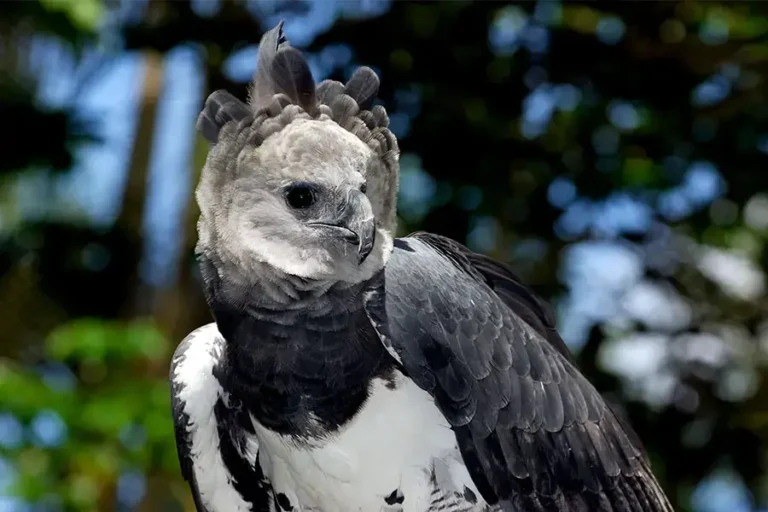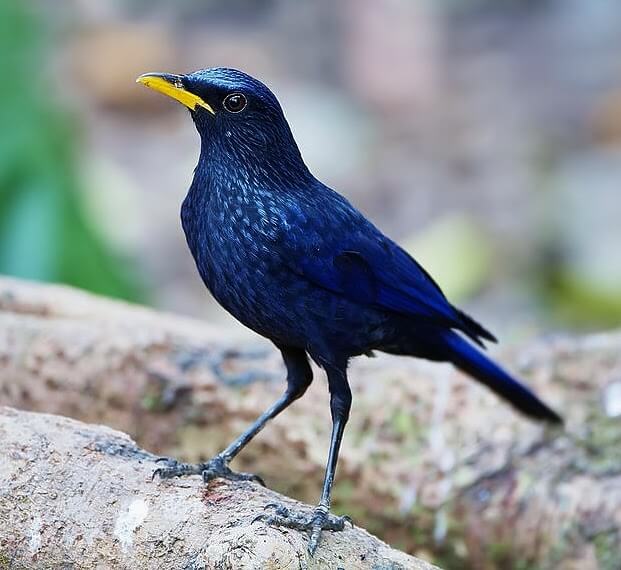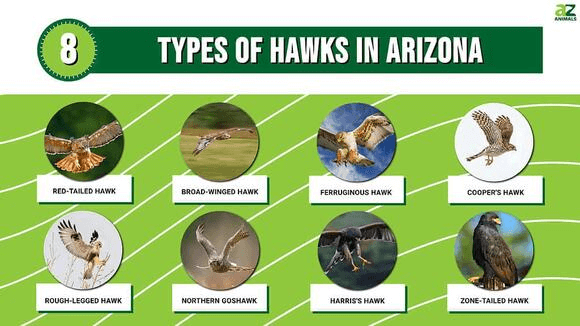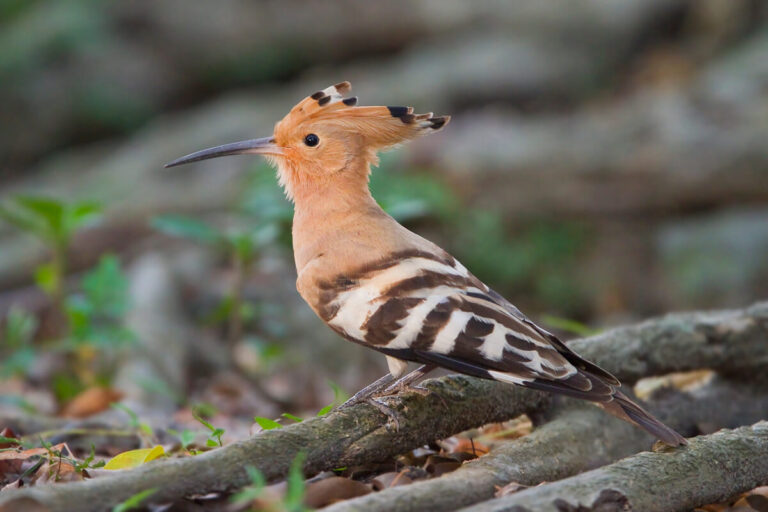Potoo: The Mysterious Night Birds
The potoo is a nocturnal bird known for its remarkable camouflage and elusive nature. Found primarily in Central and South America, this bird is a master of disguise, often blending seamlessly into tree trunks during the day. Despite its haunting calls and unusual appearance, much about the potoo remains a mystery to researchers.
In this article, we will explore the scientific classification, physical characteristics, habitat, behavior, diet, reproduction, predators, and conservation status of the potoo. We will also delve into its evolutionary history, interesting facts, and its relationship with humans.
Contents
Scientific Classification
- Kingdom: Animalia
- Phylum: Chordata
- Class: Aves
- Order: Nyctibiiformes
- Family: Nyctibiidae
- Genus: Nyctibius
- Species: Various (e.g., Common Potoo, Great Potoo, Long-tailed Potoo)
The family Nyctibiidae includes seven species, all of which are native to tropical regions of the Americas. Each species has slight variations in size and appearance, but they share similar behaviors and ecological roles.
Physical Characteristics

The potoo has unique features that make it stand out among nocturnal birds:
- Size: Depending on the species, potoos range in size from 21 to 60 cm (8.5 to 23.5 inches) in length.
- Plumage: Their feathers are primarily gray or brown, with intricate patterns resembling tree bark, which provides excellent camouflage.
- Eyes: Potoos have large, round, yellow or orange eyes adapted for night vision. However, during the day, they often keep their eyes partially closed to maintain their disguise.
- Beak: They have a short, broad beak that is perfect for catching insects mid-flight, but the size of their eyes often overshadows it.
- Mouth: One of their defining features is their exceptionally wide mouth, which helps them efficiently capture prey in the dark.
Habitat
Potoos thrive in a variety of habitats across tropical and subtropical regions. These birds are commonly found in:
- Rainforests: Dense tropical forests provide the cover they need to hide from predators.
- Woodlands: Open forests and woodlands are also suitable for their nocturnal hunting.
- Savannas: Some species, like the Great Potoo, can also be found in more arid savanna regions.
They are primarily arboreal, spending most of their time perched on tree branches where their camouflage helps them avoid detection.
Behavior
Nocturnal Habits
Potoos are strictly nocturnal, emerging at dusk to hunt for food. During the day, they remain motionless on tree stumps or branches, blending perfectly with their surroundings. Their ability to stay perfectly still for hours is key to their survival.
Vocalizations
One of the most eerie aspects of the potoo is its vocalizations. Their calls range from haunting wails to short, frog-like croaks, which can be heard throughout the night. These sounds are often associated with folklore and are said to add to their ghostly reputation in the regions they inhabit.
Hunting and Feeding
Potoos feed primarily on flying insects such as moths, beetles, and other nocturnal creatures. They use a “sit-and-wait” hunting strategy, staying perched and snapping up prey mid-flight as it passes by. Their large mouths allow them to catch insects easily, and their excellent night vision helps them detect movement in the dark.
Diet
The potoo’s diet mainly consists of:
- Moths
- Beetles
- Grasshoppers
- Termites
- Flying ants
These birds are insectivores and rely on their nocturnal habits to catch flying insects. Some larger species may also consume small birds or bats.
Reproduction
Potoos are solitary birds, coming together only during the breeding season. They have unique reproductive behaviors:
- Nesting: Unlike many other birds, potoos do not build nests. Instead, they lay a single egg in a natural crevice on a tree branch, often in a spot that provides natural concealment.
- Eggs: The egg is white or pale gray and blends into the bark or branch, much like the bird itself. Both parents take turns incubating the egg.
- Chick Rearing: After hatching, the chick is covered in down and is fed by regurgitated insects by its parents. The chick grows rapidly, and after a few weeks, it becomes a skilled mimic of its surroundings, much like the adults.
Predators and Threats
Due to their excellent camouflage, potoos have few natural predators. However, they are not completely immune to danger. Their known predators include:
- Snakes
- Raptors (hawks and eagles)
- Owls
In addition to natural predators, habitat loss from deforestation is a significant threat to their survival, especially in areas where tropical rainforests are being cleared for agriculture or logging.
Conservation Status
Most potoo species are currently classified as species of Least Concern by the International Union for Conservation of Nature (IUCN). However, specific species may face threats due to habitat destruction, particularly in regions with rapid deforestation.
Conservation efforts focus on protecting their natural habitats, as potoos are highly dependent on undisturbed forests for their survival.
Evolutionary History
The potoo’s evolutionary lineage dates back millions of years, and it shares a common ancestry with other nocturnal birds such as nightjars and frogmouths. Fossil records suggest that potoos have existed since the Paleocene epoch, over 50 million years ago. Over time, their unique features, such as their large eyes and wide mouths, evolved to help them survive in their nocturnal niche.
Interesting Facts
- Master of Disguise: The potoo is often referred to as the “ghost bird” or “stick bird” because of its incredible ability to blend into its surroundings.
- Wide Mouth: The potoo’s mouth can open exceptionally wide, allowing it to capture insects in flight with ease.
- Unique Sleep Posture: Potoos are known for their unusual sleeping posture. They sit upright on tree branches, mimicking the look of a broken tree stump.
- Haunting Calls: Their calls are often mistaken for eerie wails or ghostly noises, leading to myths and legends surrounding the birds in various cultures.
Relationship with Humans
The potoo is a bird that inspires both fascination and superstition. In some cultures, its haunting calls are associated with spirits or bad omens. However, it is also admired for its beauty and unique adaptations. Due to its elusive nature, encounters with potoos are rare, and many people may never see one in their lifetime, making the bird a true enigma of the avian world.
Conclusion
The potoo is a fascinating bird species that has adapted perfectly to its nocturnal lifestyle. Its excellent camouflage, haunting vocalizations, and remarkable hunting abilities make it a unique member of the avian world. Though not currently endangered, habitat preservation is essential for the continued survival of these mysterious birds. As we continue to learn more about potoos, we gain greater insight into their evolutionary history, behavior, and role in the ecosystems they inhabit.
- Golden Retriever Pros and Cons: What Every Pet Parent Should Know - 15 September 2025
- Cane Corso Dog Breed: Health, Care, and Lifespan - 14 September 2025
- Catahoula Leopard Dogs: Description, Temperament, Lifespan, & Facts - 21 July 2025







